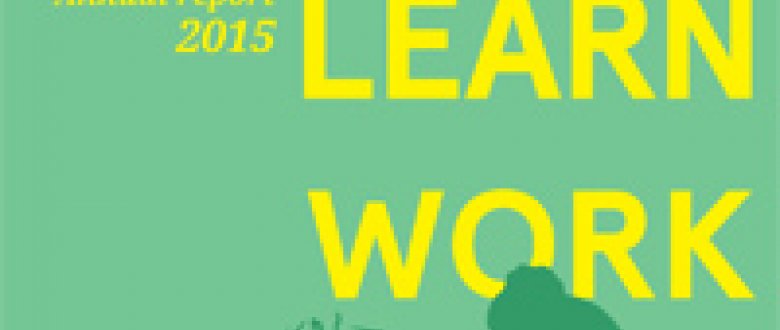
In our Annual Report 2015 we emphasise the importance of quality education for all children and youngsters. It bears witness to the results we achieve and the stories we initiate. We brought them together under the three subsectors in which we operate: early education, primary education, and secondary technical and vocational education. They always relate to professional development of teachers and/or school leaders and to equity in education. They illustrate how our capacity development leads to sustainable results in education. We offer brief introductions with lots of photos, testimonials and info graphics.
PLAY - LEARN - WORK
After the deadline of the Millennium Development Goals, in September 2015, heads of state and government agreed in New York upon 17 new goals, the Sustainable Development Goals. These must be achieved by 2030. As the fourth goal, education takes a prominent place in the global development agenda.
Unlike the previous Millennium Development Goals the targets in education are not limited to access to primary education. From now on countries worldwide will have to pay additional attention to the quality of education, from early childhood to secondary education.
Quality education for all children and youngsters
VVOB is pleased with this evolution. After all, we are already committed for years to improving the quality of education in three continents. In recent years we also inspire education closer to home, in Flanders, through good examples from our partner countries. Thus we contribute to equity in education. The Sustainable Development Goals are very clear on this: quality education can only be achieved if all children and youngsters have equal opportunities to participate.
In our Annual Report 2015, you can read how VVOB contributed concretely the past year to this goal, at the levels of early childhood, primary, and secondary technical and vocational education. These are after all the subsectors on which VVOB focuses successfully since 2011. The choice of these subsectors is not accidental. It provides an answer to the greatest educational challenges of the countries in which VVOB operates. Moreover, it is a choice that makes explicit that equity in education is not a hollow concept for VVOB.
Equal start through early education
In Vietnam, Zambia and Zimbabwe, VVOB focuses on early childhood education. In the fight for equity in education the choice for early childhood education is nothing less than self-evident. Good early childhood education promotes the youngest in all areas so that they are well prepared for the rest of their school career. Especially children from disadvantaged groups benefit from this. Through participation in early childhood education, they can catch up to other children and get an equal start in primary education. This way the chances they complete their schooling increase significantly, which decreases the number of drop-outs drastically.
Clear learning outcomes in primary education
Thanks to the Millennium Development Goals more children than ever go to primary school. However, research shows that the earlier ‘access crisis’ is now replaced by a ‘learning crisis’. Many children who go to school learn little to nothing. It mainly involves children from disadvantaged groups, who before would not go to school. That is why VVOB emphasizes concrete learning outcomes, ranging from literacy to numeracy and life skills, in the professionalisation of teachers and school leaders in Cambodia, Rwanda and South Africa.
Access to the labour market and a focus on entrepreneurship through strong technical and vocational education
Through support of technical and vocational education, young people, often from socio-economically disadvantaged groups, get better job opportunities. Since a formal labour market is not always developed strong VVOB also focuses on the development of entrepreneurship. This way young people can shape their own future. Last year VVOB deployed a lot of interventions in the DR Congo, Ecuador, Rwanda and Suriname to achieve a better connection between education and work opportunities. This way, technical and vocational education becomes more relevant and attractive to young people.
Read our Annual Report 2015




